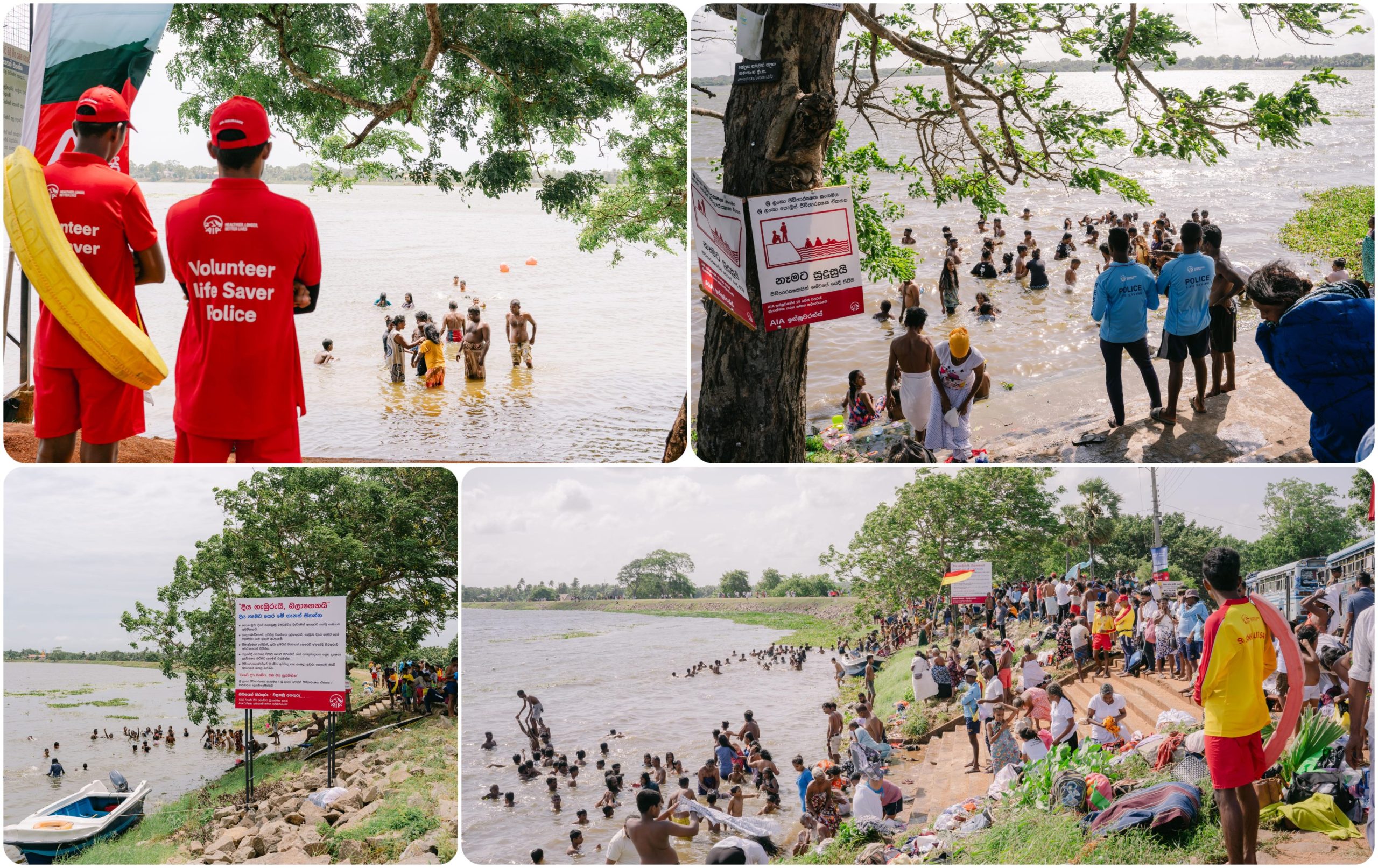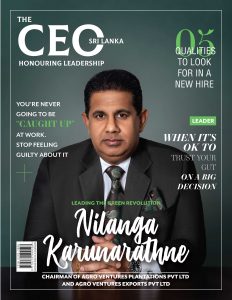Amana Takaful Insurance stands out as a distinguished body in the Insurance Industry. They have steadfastly adhered to their lofty ideals and, over time, have derived strength from diversity, enlisting all communities in Sri Lanka in their customer portfolio to provide competitively superior financial solutions while collaborating with their valued business partners. With a two-decade track record of success and evolution, Amana Takaful Insurance is on a mission to lift the burden of those who have suffered unanticipated financial losses.
“When it comes to a critical illness, insurance is critically important,” emphasized Gehan Rajapakse, Executive Director and Chief Executive Officer of Amana Takaful Life Insurance. He holds over two decades of experience in the insurance industry, having worked with Eagle Insurance, Aviva, and AIA for 22 years before joining LOLC and Amana. Gehan graduated from the University of Colombo and went to the University of Sri Jayewardenepura for his postgraduate degree. Outside his dynamic career, he enjoys spending time in open spaces as a dedicated wildlife photographer.
Viewing his thoughts about the life insurance industry today, Gehan envisions a massive market in the coming days, mainly as the country finally climbs up to middle-income status and through significant demographic shifts, with insurance accounting for 0.5 per cent of GDP the maximum potential is still to be realized. With customer-centred and adaptable practices that have positioned them on top of the competition, the team is looking forward to making lives better in all of its capabilities in the future. Brand refreshes, internal personnel changes, digitization, and technical improvements are just a few of the rungs that the team has climbed thus far, with more to come.
According to Gehan, the current distribution model only goes as far as advising those who are generally willing to set down 3000-4000 rupees per month, but there is also micro-insurance. Why isn’t this capacity higher? Today, however, companies are having difficulty accessing such areas since they are heavily saturated. When it comes to the micro-market, there are undoubtedly new distribution channels, cost-effective and convenient purchasing methods, and various product architectures that can be simplified if they are to be produced. As a result, a wide range of product possibilities and distribution approaches can be implemented.
When it comes to the relevance of critical illness insurance, Gehan points out that if a person who generates a monthly income dies, how would the insurance company provide the family with funds to generate that monthly income? As a result, getting critical illness insurance is one of the most crucial things you can do. The purpose of insurance is to shift risks, and it helps to lessen the financial toll that an unexpected illness can have on a family. Gehan expresses that a lot can be done in terms of what insurers can do to raise awareness about unhealthy lifestyles. Because it is all about lifestyle, the industry as a whole is a fantastic opportunity. Sri Lanka is witnessing a massive population shift that will substantially impact the country’s healthcare needs. As a result, the government is projected to have a significant population of older people, making healthy lifestyles a crucial asset.
Finally, according to Gehan, people consider insurance and all that comes with it, to be a cost. Yet, at the same time, it is an essential investment that is a crucial component of a family’s financial stability. Speaking of investments, Gehan also touched upon how Amana Life has gone the extra mile to give their customers more choice to tailor-make their long-term life insurance policies in order to gain higher maturity values.
In conclusion, he claims that the current global situation is precisely what everyone in the industry has been talking about for a long time, stating, “If it rains, you need an umbrella. Being at home without getting life insurance these days is just like you going ahead into the rain without an umbrella.”


